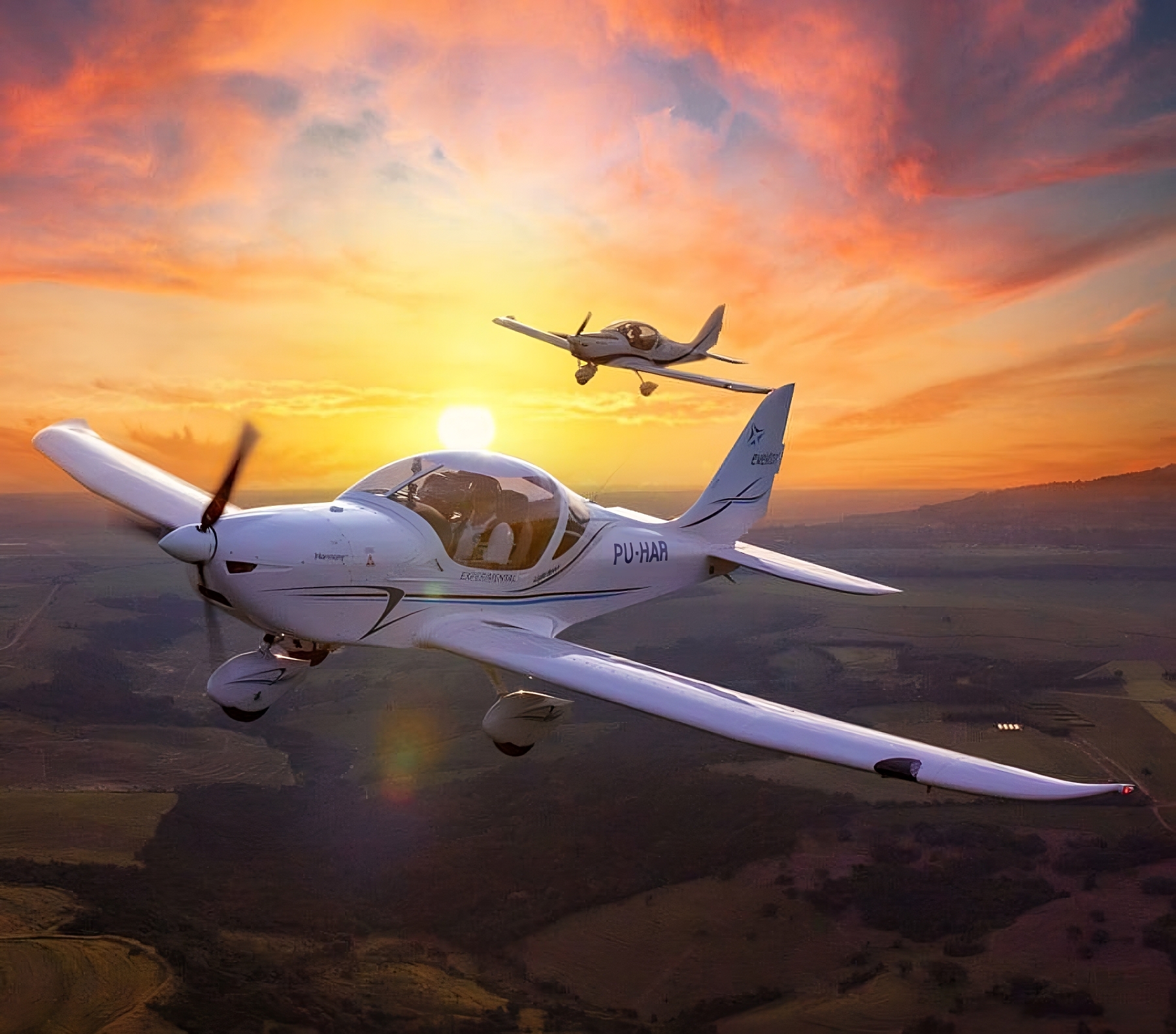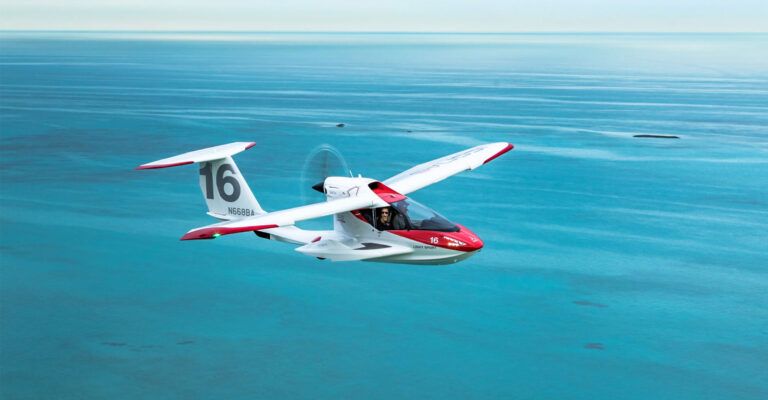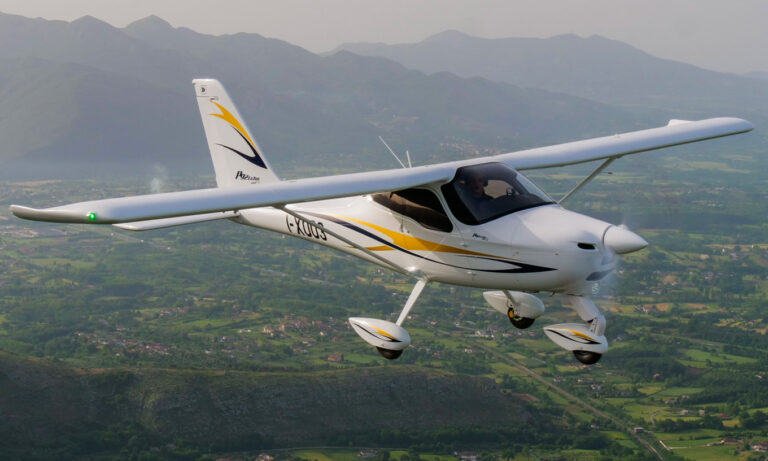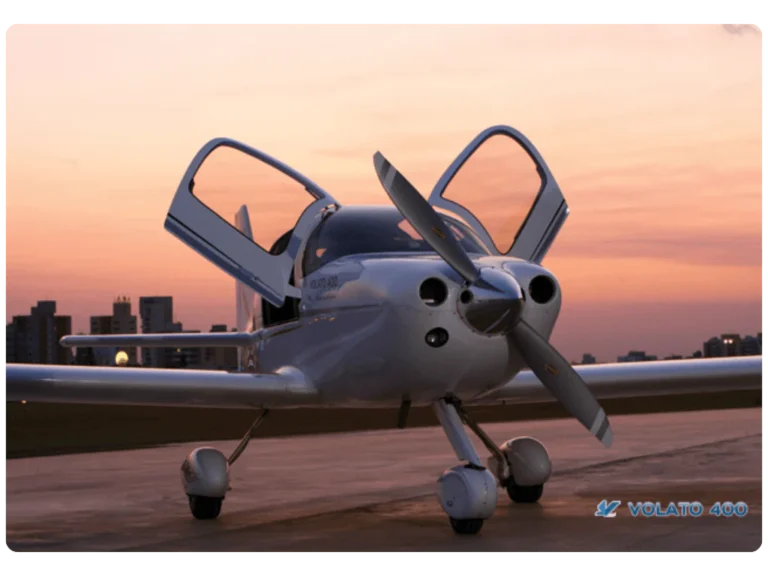Why Choose an Evektor Harmony for Recreational Aviation?
For aviation enthusiasts and aspiring pilots, finding the right aircraft for recreational flying or training can be a daunting task. The Evektor Harmony stands out as a top contender, offering exceptional performance, comfort, and affordability in the light sport aircraft (LSA) category.
Designed by Evektor-Aerotechnik, a renowned Czech aerospace manufacturer, the Harmony is a favorite among pilots and flight schools worldwide. In this article, we’ll explore the Harmony’s history, design features, costs, and its role in shaping the future of aviation, while sharing insights from my own experience as a pilot.
Brief History of the Evektor Harmony
The Evektor Harmony is a standout model in the light sport aircraft (LSA) category, developed by Evektor-Aerotechnik, a Czech aerospace company with a legacy exceeding 50 years. The Harmony is an evolution of the Evektor SportStar, which was one of the first LSAs to receive FAA certification. Designed to meet the rigorous ASTM International standards, it is tailored for both recreational pilots and professional flight training. The company leverages decades of aircraft manufacturing experience, enhancing each iteration of the Harmony to improve performance, safety, and pilot comfort.
Key Milestones of the Evektor Harmony
- Initial Certification: Achieved FAA Special Light Sport Aircraft certification in the mid-2000s, affirming its compliance with modern aviation safety and design standards.
- Global Reach: The Harmony is now flown in more than 40 countries, demonstrating its global appeal and reliable performance.
- Advanced Avionics Integration: Evektor continuously updates the Harmony to include cutting-edge avionics packages, including Garmin and Dynon options, setting it apart in a competitive market.
Design and Comfort
The Evektor Harmony is renowned for its all-metal construction, providing a robust and resilient airframe that stands up to extensive use, particularly in flight schools. The aircraft features:
- Panoramic Visibility: Its bubble canopy design allows expansive views, enhancing situational awareness and pilot enjoyment.
- Ergonomically Designed Cockpit: A spacious cockpit that accommodates two occupants comfortably, with adjustable seats and intuitive control layouts for reduced pilot workload.
- Streamlined Aerodynamics: The sleek, efficient shape contributes to lower drag and improved fuel efficiency, supporting long, smooth flights.
- Customizable Avionics: Options to include Garmin G3X or Dynon SkyView panels allow pilots to tailor their cockpit according to personal or training needs.
Role of the Evektor Harmony in Pilot Training
As my first aircraft experience, the Evektor Harmony left a lasting impression with its straightforward control system and forgiving flight characteristics. This aircraft is a go-to for many flight schools due to its:
- Ease of Operation: Simple, responsive controls that allow new pilots to learn fundamental flight techniques with confidence.
- Stability and Forgiveness: Its design offers stability even at lower speeds, making it ideal for initial flight lessons and complex training scenarios like crosswind landings.
- Economic Operation: Lower maintenance and operating costs make it a practical choice for budget-conscious training programs.
You’ll need it: Complete Guide to Obtaining a Third Class Medical Certificate
How Much Does It Cost to Own an Evektor Harmony?
The cost of ownership for an Evektor Harmony is influenced by multiple factors:
- New Purchase Price: A new Evektor Harmony typically starts around $150,000 and can increase based on avionics and customization.
- Used Market: Pre-owned models range between $85,000 to $120,000, depending on condition, avionics, and hours logged.
- Financing Options: Many owners opt for financing plans that spread costs over several years, making ownership more accessible.
Maintenance Costs
Maintaining an Evektor Harmony is more cost-effective compared to other aircraft in the same category:
- Annual Inspection: Costs typically range from $1,500 to $2,500, depending on the service center and the aircraft’s condition.
- Routine Maintenance: Oil changes, minor repairs, and parts replacement can range from $500 to $1,000 annually.
- Parts Availability: As Evektor is a well-established brand, parts are relatively easy to find, reducing downtime and costs.
Operational Costs
Operational expenses for the Evektor Harmony are manageable:
- Fuel Consumption: With a rate of 3.6 to 5.3 gallons per hour of unleaded aviation fuel, operational costs stay competitive.
- Insurance: Annual insurance premiums can range from $2,000 to $5,000, depending on pilot experience and coverage levels.
- Hangar Fees: Storing the aircraft may cost anywhere from $100 to $500 per month, depending on location and facility type.

Performance Specifications
The aircraft offers impressive performance metrics:
- Maximum Level Speed: Up to 130 knots, depending on engine choice.
- Stall Speed: 36 knots, allowing for safer low-speed handling.
- Maximum Range: Approximately 837 nautical miles, suitable for long cross-country flights.
- Rate of Climb: Between 900 to 1,250 feet per minute, depending on engine configuration.
- Fuel Consumption: Ranges from 3.6 to 5.3 U.S. gallons per hour, contributing to cost-effective operation.
Why Pilots Love the Evektor Harmony
Pilots worldwide praise the Harmony for its blend of comfort, performance, and cost-efficiency. The aircraft’s forgiving handling and intuitive avionics make it ideal for both recreational flying and advanced training. In my personal experience, the cockpit comfort and straightforward controls make long flights enjoyable and stress-free. The low-cost operation and maintenance enhance its value as a recreational plane or a training workhorse.
The Future of the Evektor Harmony
As technology advances, Evektor aims to continue innovating the Harmony model by integrating electric or hybrid propulsion options and further enhancing avionics packages. The aircraft is poised to play a role in the growing sector of eco-friendly recreational aviation. Continuous support from the manufacturer also ensures that current and future owners benefit from updated manuals, improved parts availability, and customer service.
You may be interested: Cessna 172: The People’s Airplane and a Timeless Icon
Conclusion
The Evektor Harmony stands out as a compelling choice for recreational aviation enthusiasts and flight schools alike. It blends robust Czech engineering with pilot-friendly features and low operational costs. My experience flying the Harmony was a testament to its outstanding design and comfort, proving it to be not only an ideal first aircraft but also a model worthy of ongoing investment and enjoyment. Whether you are considering it for training, leisure, or cross-country flights, the Harmony delivers on all fronts, maintaining Evektor’s reputation as a leader in the LSA market.







